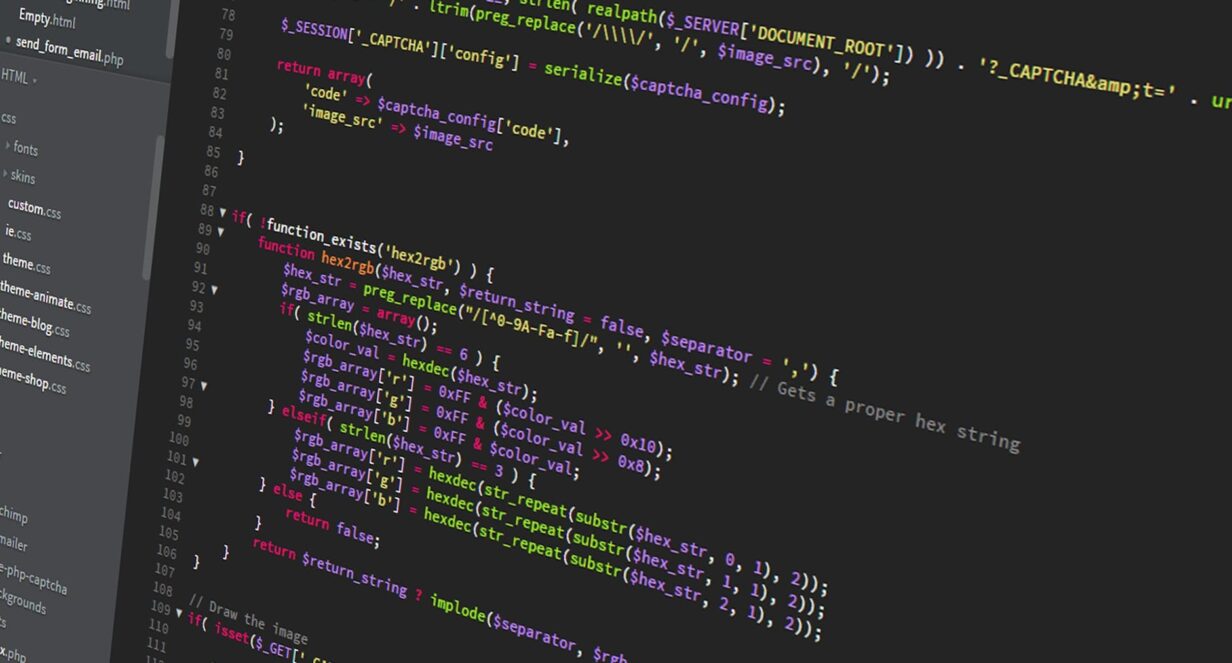Your cart is currently empty!
How to Calculate Overall Code Coverage in Salesforce

Introduction
Code coverage is a critical aspect of software development that ensures the quality and reliability of your Salesforce applications. In Salesforce, code coverage refers to the percentage of code that is executed during testing. A high code coverage percentage is essential for successful deployments and maintaining a healthy Salesforce org. In this blog post, we will explore how to calculate the overall code coverage in Salesforce and ensure your code meets the necessary quality standards.
- Understanding Code Coverage in Salesforce:
In Salesforce, Apex code is typically written to extend the functionality of your Salesforce org. To ensure code quality, Salesforce enforces a minimum code coverage threshold of 75% for all Apex classes and triggers. This means that at least 75% of your Apex code must be covered by automated tests. - Writing Test Classes:
To calculate code coverage, you need to write test classes that exercise your Apex code. Test classes are responsible for creating test data, executing the code under test, and verifying the expected outcomes. Well-written test classes not only help meet code coverage requirements but also validate the behavior of your code in different scenarios. - Running Tests:
Salesforce provides a robust testing framework that allows you to execute test classes and measure code coverage. To calculate overall code coverage, you can use the Salesforce Developer Console or Salesforce Extensions for Visual Studio Code. These tools enable you to run tests and generate detailed coverage reports. - Analyzing Code Coverage Reports:
After running tests, you can review the code coverage report to determine the overall code coverage percentage. The report provides insights into which parts of your code are covered and which parts are not. It highlights specific lines of code that were executed during testing and identifies areas that require additional test coverage. - Improving Code Coverage:
If your overall code coverage falls below the required threshold, you need to enhance your tests to cover more code. Look for areas of code that are not adequately covered and write additional test methods to exercise those sections. Aim to achieve as close to 100% code coverage as possible, ensuring that all branches and scenarios are tested. - Best Practices for Code Coverage:
To maintain good code coverage in Salesforce, consider the following best practices:
- Write unit tests for all Apex classes and triggers.
- Test positive and negative scenarios to ensure code behaves correctly in various conditions.
- Utilize the @isTest annotation to identify test classes.
- Use test data factories or test data setup methods to create test data efficiently.
- Regularly review and update your tests to keep up with changes in your codebase.
Conclusion
Calculating overall code coverage in Salesforce is crucial for maintaining high-quality code and ensuring successful deployments. By writing comprehensive test classes, running tests, analyzing code coverage reports, and improving code coverage based on the results, you can meet Salesforce’s minimum coverage requirements and build robust applications. Embrace code coverage as an integral part of your development process, and strive to achieve extensive coverage to minimize risks and enhance the stability of your Salesforce org.